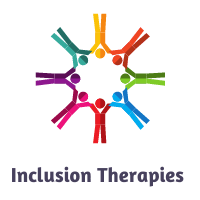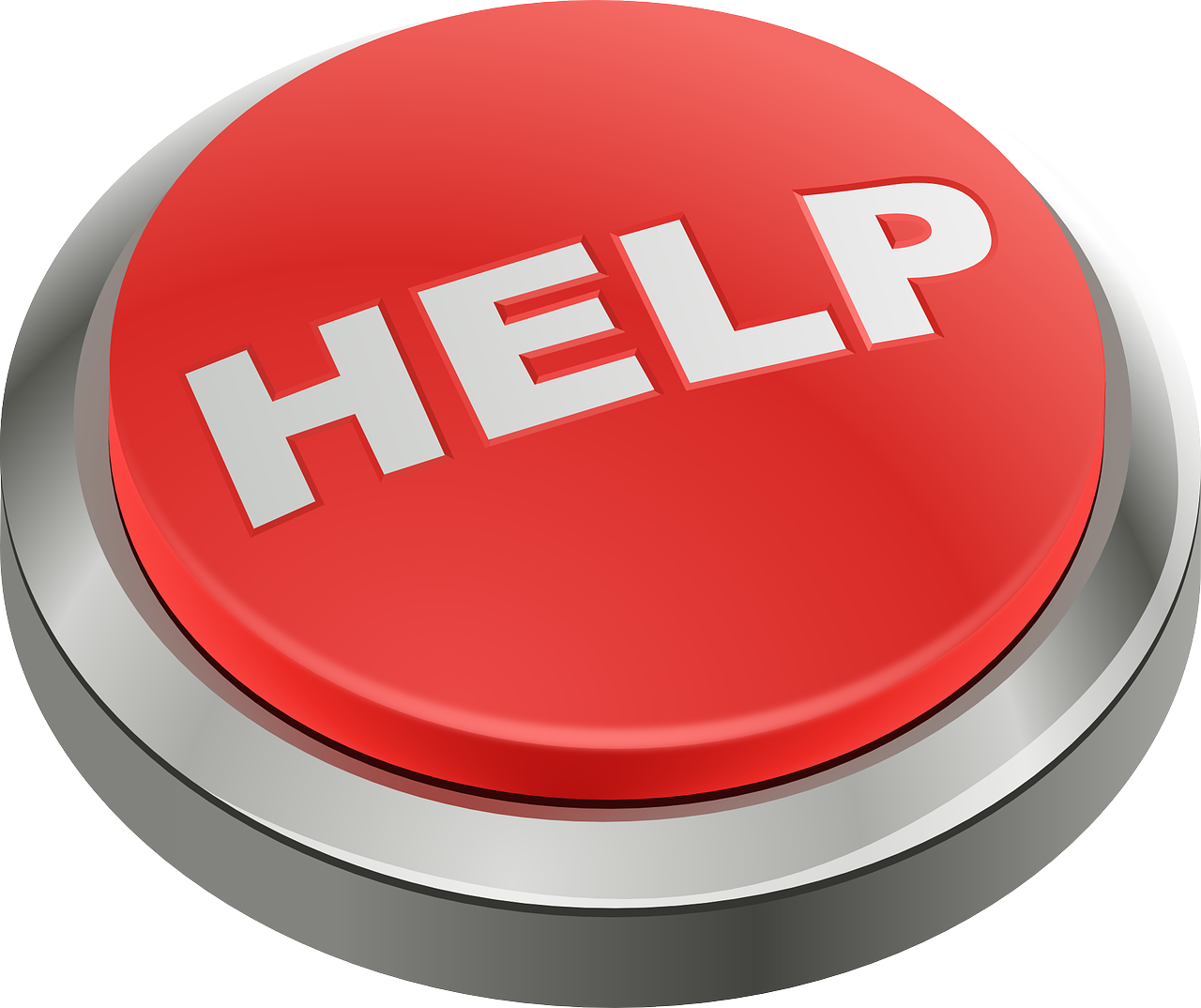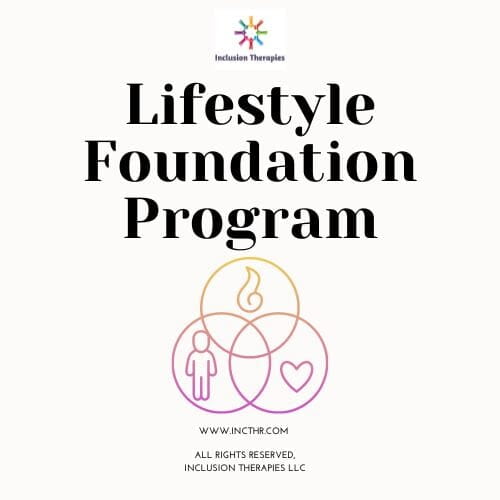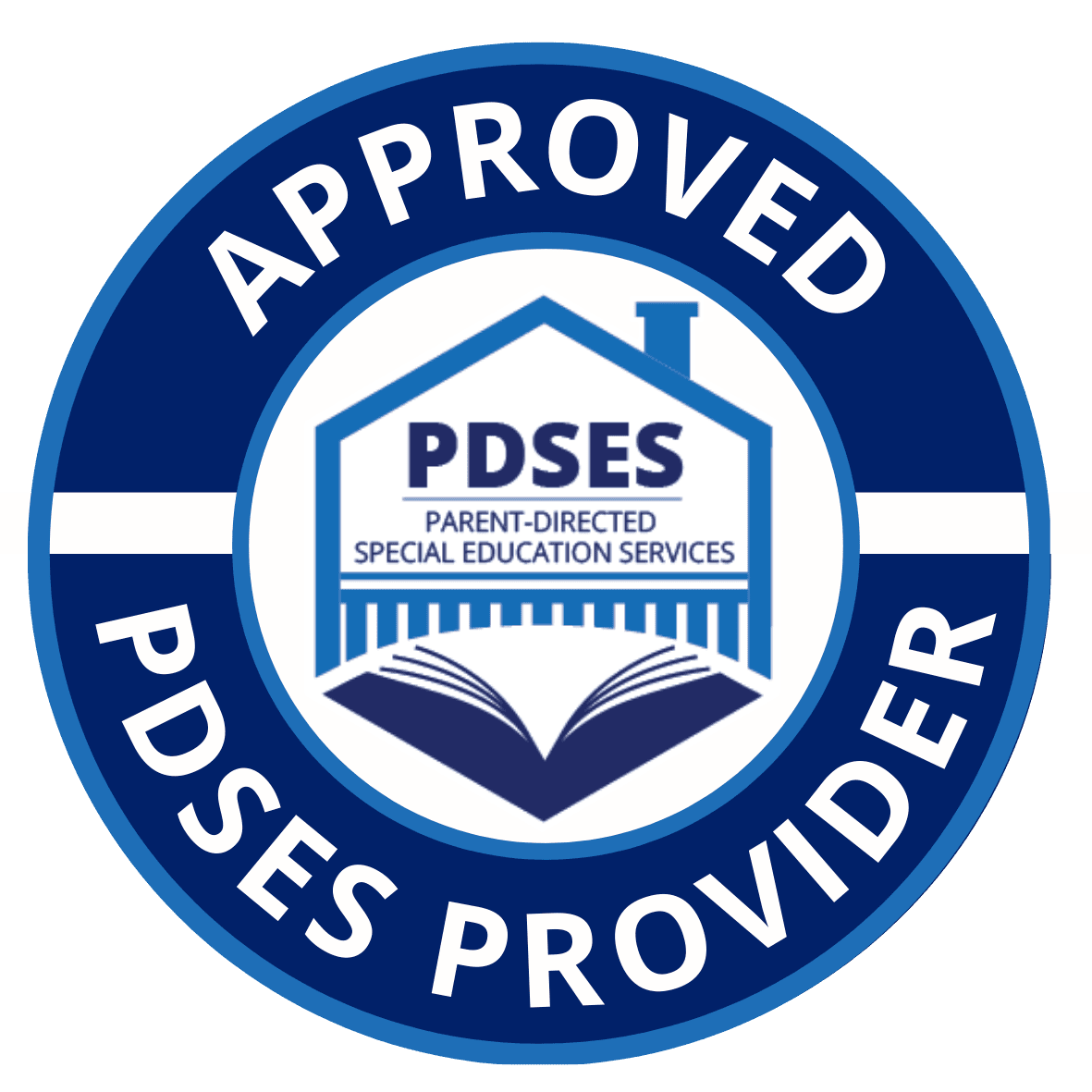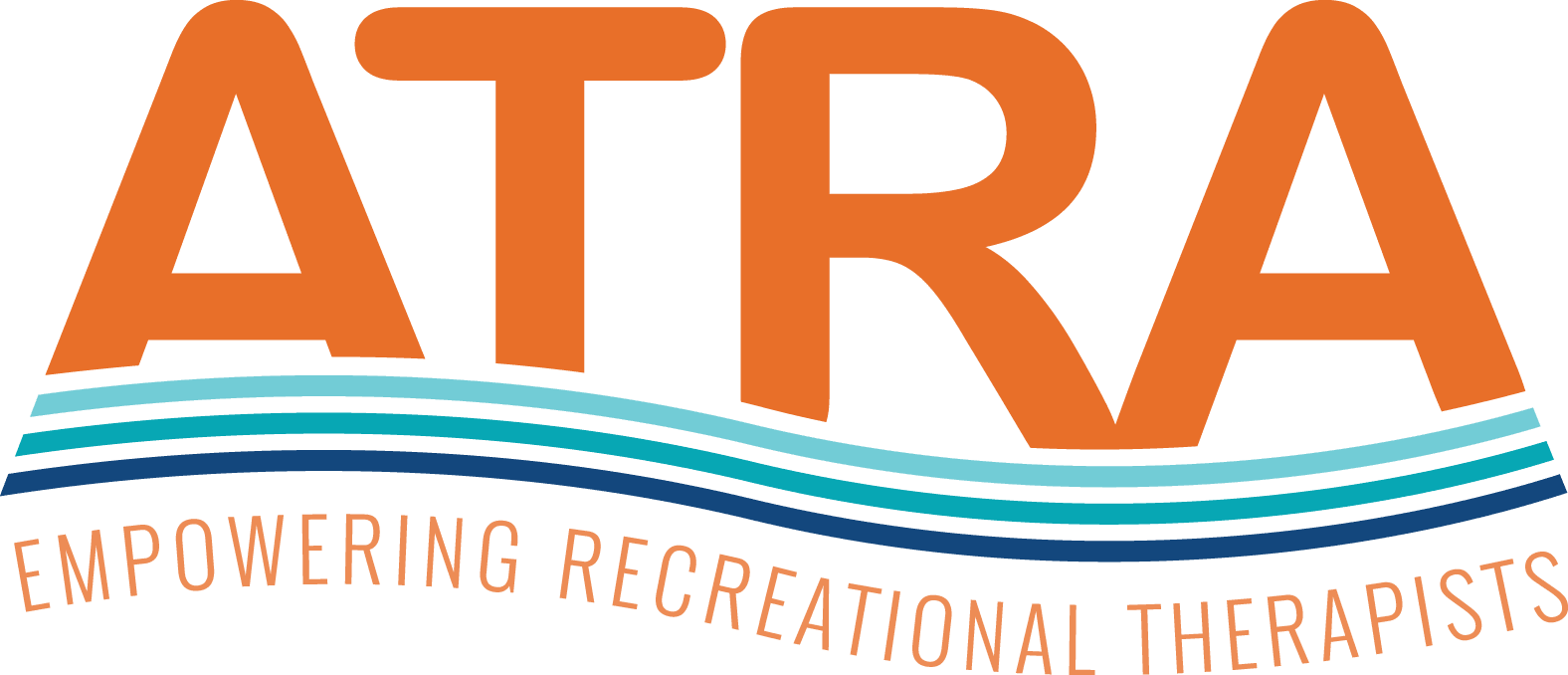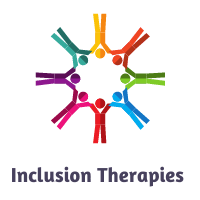
Treatment Activity
Digital Health:
Biofeedback Recreational Therapy
To Start Biofeedback Recreational Therapy:
1. Sign up for membership (which includes automatic enrollment in the Lifestyle Foundation Program).
2. In your first session Assessment, share with the Recreational Therapist that you enjoy biofeedback as a therapy activity technique.
3. After your Assessment, you will schedule biofeedback recreational therapy sessions online or in-person at our Lake Travis Center.
- The Use of Biofeedback in Recreation Therapy Practice, in The American Scholar, 2013
FAQ: Recreational Therapy Biofeedback
- Inclusion Therapies integrates wearable devices, telehealth and personalized medicine in the delivery of Digital Health.
- Biofeedback is an activity wherein clients take control over their own body functions for the non-pharmaceutical prevention, treatment and rehabilitation of health conditions.
- Inclusion Therapies at the Center for Therapeutic Recreation Technology (CTRT) utilizes innovative biofeedback technology interventions including the RESPeRATE and Virtual Reality (including meditation, breathing, relaxation apps). Vital signs are also recorded at each in-person session to enable clients to measure and manage their physical body functions impacting their overall health.
"Resperate is a portable electronic device that's promoted to achieve slow, deep breathing. The device is approved by the U.S. Food and Drug Administration for reducing stress and lowering blood pressure. It's available without a prescription."
- The Mayo Clinic
"There is only one non-drug treatment approved for hypertension by the FDA — a device called RESPeRATE."
- Harvard Medical School
"Q. I’ve heard you can lower your blood pressure by using a breathing device called Resperate. Do you know anything about this?"
A. A growing body of scientific research shows that exercises to slow breathing can lower blood pressure. Experts don’t know the precise mechanism, but most theorize that slow breathing may turn down the autonomic nervous system (ANS), which helps regulate functions such as heart rate, blood pressure, and digestion. When activated by stimuli such as stress, the ANS causes muscles around small arteries to contract, narrowing the arteries and increasing blood pressure. Slow breathing may calm the ANS, allowing these small arteries to expand and decreasing blood pressure."
- Harvard Medical School, March 9, 2014
- Rosalyn Stanton, Louise Ada, Catherine M Dean, Elisabeth Preston, Biofeedback improves performance in lower limb activities more than usual therapy in people following stroke: a systematic review, Journal of Physiotherapy, Volume 63, Issue 1, 2017, Pages 11-16, ISSN 1836-9553, https://doi.org/10.1016/j.jphys.2016.11.006. (https://www.sciencedirect.com/science/article/pii/S1836955316300881)
"Biofeedback can improve motor outcomes for people with Cerebral Palsy."
- MacIntosh, A., Lam, E., Vigneron, V., Vignais, N., & Biddiss, E. (2018). Biofeedback interventions for individuals with cerebral palsy: a systematic review. Disability and Rehabilitation, 41(20), 2369–2391. https://doi.org/10.1080/09638288.2018.1468933
"Currently, recreational therapists, as well as other disciplines, use both animal-assisted interventions and mindfulness techniques in their practice with youth with autism to address stress management and emotional regulation especially with regard to transition goals related to social independence. Since lack of self-regulation in the face of high levels of stress in social settings is a barrier to social interaction and independence in the community [...], recreational therapists use protocol-driven interventions to manage stress in social situations[.][...]
HeartMath (HM) is a well-established, structured program aimed at improving mental and emotional self-regulation among youth and adults[.][...]With conscious control of breathing over time, it allows the participant to modulate and gradually increase stability of the vagal afferent nerve traffic, sympathetic outflow, and the emotional experience[.]
Findings suggest that [HeartMath] HM and [Therapeutic Riding] THR manualized protocols are equally beneficial in decreasing cortisol levels immediately following a session, but HM sessions had more impact on heart-rate variability."
- Kemeny, B., Burk, S., Hutchins, D. et al. Therapeutic Riding or Mindfulness: Comparative Effectiveness of Two Recreational Therapy Interventions for Adolescents with Autism. J Autism Dev Disord 52, 2438–2462 (2022). https://doi.org/10.1007/s10803-021-05136-z
- Add minor children under 18 for an additional $49 per month per child (to share one membership together).
- Add adults over 18 for an additional $99 per month per adult (to share one membership together).
All New Members are Enrolled in our Lifestyle Foundation Program
The program is 2-6 months (based on client goals and plan) and is paid via monthly membership subscription.
Members may pause or cancel membership subscription at any time
(cancellation effective at the conclusion of their current prepaid month).
"Health care extends beyond pills and medical devices."
- Baker, D. L., & Dye, C. (2017). Prescribing Experience: Discussion of Recreational Therapy as Health Care. Journal of Disability & Religion, 21(3), 296–318. https://doi.org/10.1080/23312521.2017.1326875
